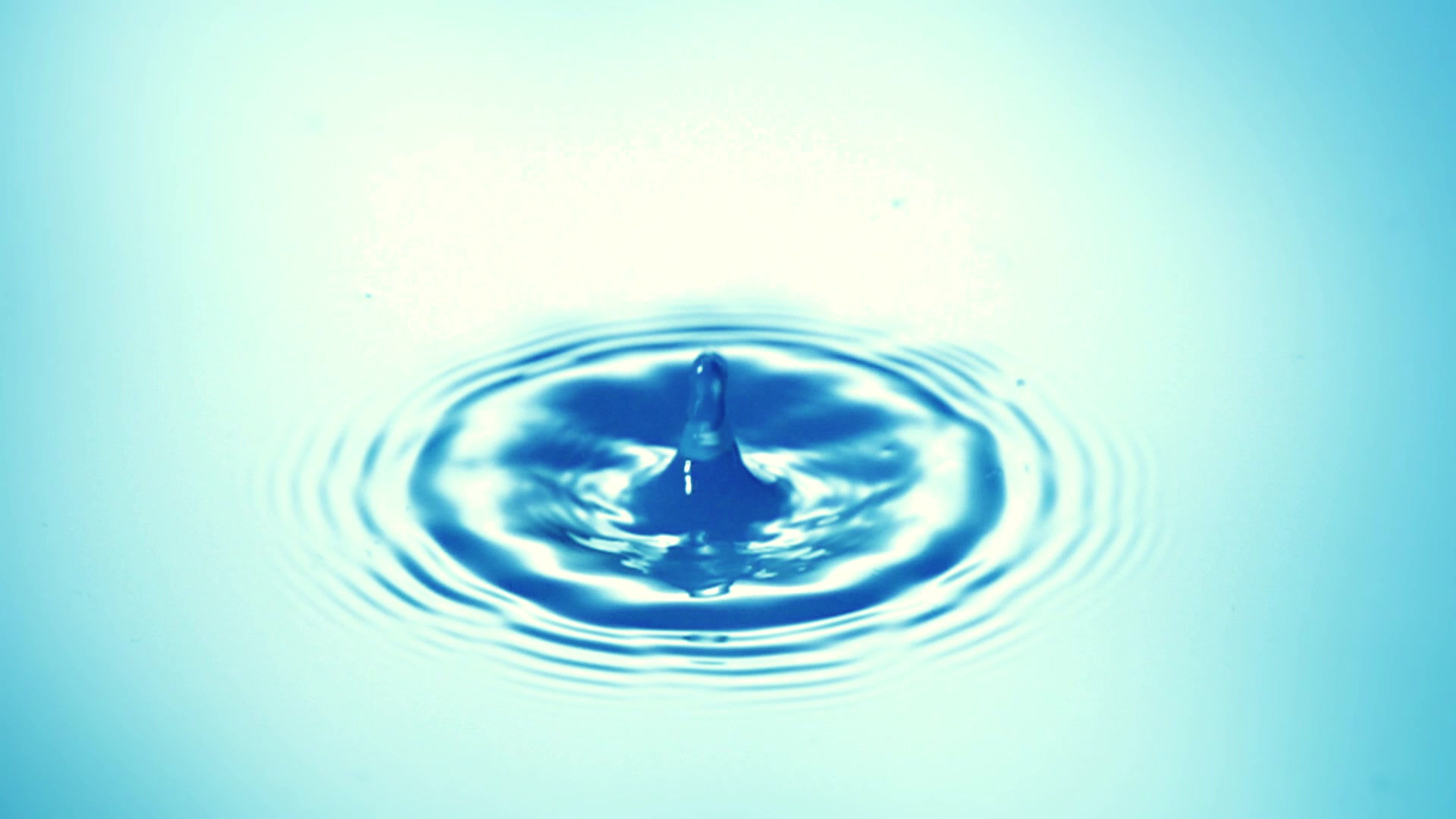It'd be a simpler world if the water that came out of the tap had all of the nutrients your plants needed to perform at their peak. You could say that'd make things interesting for us... but regardless we know that isn't the case. Your plants need more nutrients than your water alone can provide. Hungry plants gotta EAT!
Feeding your crop comes down to knowing what your plants need, and what your nutrient solution is delivering. You don't want them to be hungry, but you also don't want to overdo it. That's why it's important to track your target ranges, and constantly monitor your numbers. We're here to make it clear which numbers mean the most to us, and should mean the most to you as well.
Electrical conductivity (EC) measures the ability of a solution to conduct electricity. Pure water will not conduct electricity, thus the EC of pure water is zero. When salts are added to a solution, (in our case, these salts are plant nutrients) the EC of the solution will increase. It should be noted that the EC does not measure the concentration of individual ions – that will require a lab analysis by the JR Peters lab!

Traditionally, in horticulture, EC has been the standard measurement to provide information on the strength of a nutrient solution and provide an indication of whether salinity problems are likely to exist. The EC of a nutrient solution is typically between 0.75-2.5 dS/m, but this will depend on the crop, growth stage, grower preference, and fertilizer recommendation. Electrical conductivity is most commonly measured in Siemens (S), where 1 mS/cm = 1 dS/m = 1000 µS/cm (mS = milliSiemens, dS = deciSiemens, µS = microSiemens).
Some growers have become accustomed to using parts per million (ppm) instead of EC. But, using ppm can sometimes lead to confusion because there are several ppm scales and each of these scales uses a different conversion factor to obtain a ppm value. The most widely used ppm scales used in horticulture are the 500 and 700 scales. The ppm 500 scale is based on a sodium chloride standard – this scale is also referred to as total dissolved solids (TDS). The ppm 700 scale is based on a potassium chloride standard.
The actual ppm of a solution cannot be determined by a meter (this would require chemical analysis). The ppm obtained by a meter is only a conversion. That is, the meter will measure the EC of a solution and then convert this value to ppm. The conversion factor used to convert EC to ppm can vary between meters and manufacturers. Thus, if a grower is using the ppm scale, they will need to ensure their meter is reading on the same scale as their feeding schedule and fertilizer formula recommendations.
To avoid confusion between ppm scales and conversion factors, we highly encourage growers to use EC!
For more information on specific target EC values, check out the information on our Grow Schedules here: www.jacksnutrients.com/growschedules.


Comments